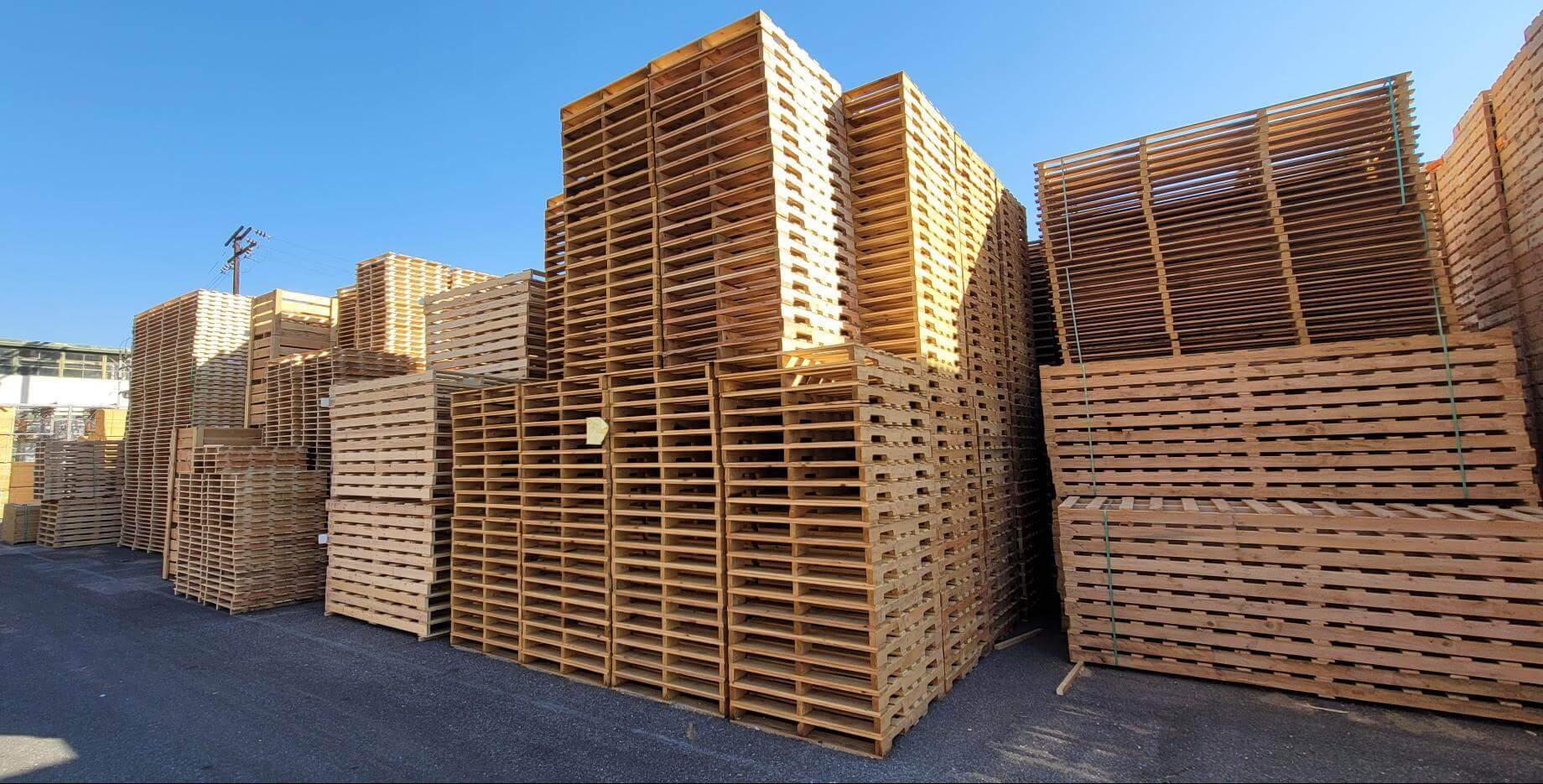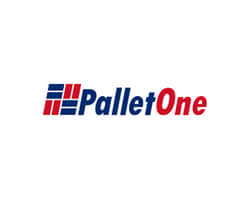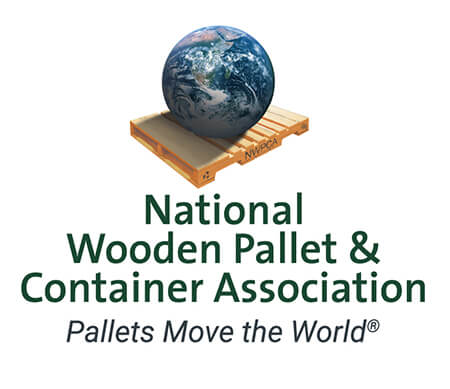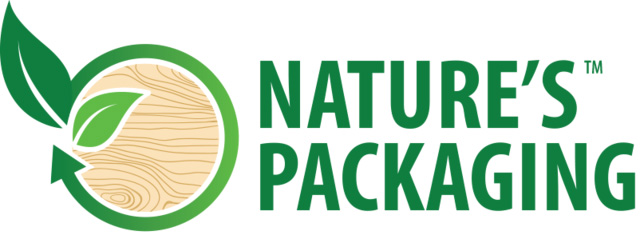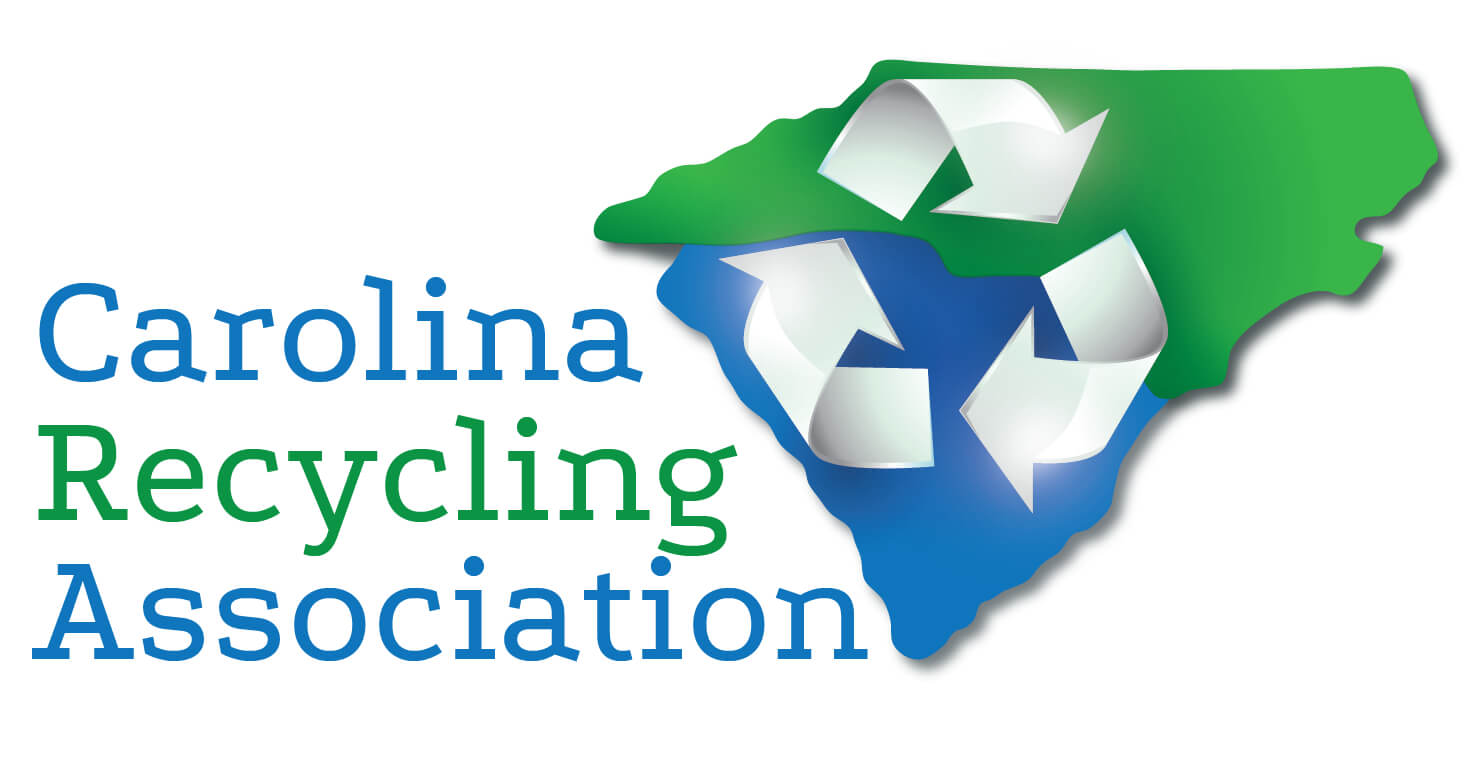Securities and Exchange Commission Proposes Rules for Reporting of Value Chain Greenhouse Gas Emissions
Now more than ever, conscientious supply chain decision-makers are interested in determining their carbon footprint and reducing it. After all, supply chains can be a big part of the global warming problem. For example, McKinsey has estimated that supply chain operations account for 80% of emissions associated with consumer packaged goods. Aside from Environmental, Social, and Governance (ESG) initiatives, the need for supply chain carbon footprint transparency may increasingly become a compliance issue.
As reported in Wired, The US Securities and Exchange Commission recently proposed new rules that would require public companies to report all of their greenhouse emissions. It would include not only direct greenhouse gas (GHG) emissions (Scope 1) and indirect emissions from purchased electricity or other forms of energy, but also GHG emissions from upstream and downstream activities in their value chain (Scope 3).
While the rule is not final yet – two months of public comments lie ahead. It is all the more motivation to better understand your supply chain carbon footprint. The good news is that for wood pallets, we already have a clear picture of their environmental impacts. Thanks to the introduction of the wood pallet EPD less than 18 months ago, we now enjoy unparalleled transparency.
To take a step back, wooden pallet sustainability has been central to pallet industry communications for many years through various initiatives such as Nature’s Packaging and others. That message received powerful scientific validation in November 2020. However, through the release of the Environmental Product Declaration (EPD) for U.S. wooden pallets. Celebrated as a breakthrough by industry thought leaders, it affirms those beliefs and provides a tool for pallet users to measure their pallet-related impacts. Below, we introduce the EPD, generally speaking, and explain why it matters for pallet buyers and users alike.
What is an EPD?
As stated simply, an Environmental Product Declaration (EPD) is a transparent, objective report that tells us what a product is made of and how it impacts the environment across its entire life cycle. EPDs satisfy all of the requirements of Product Category Rules (PCR) and follow international standards. The EPD can be likened to a nutritional label, but instead of listing calories, vitamins, and minerals, it lists environmental impacts.
The EPD is based on PCR. And if we think about the EPD as the nutrition label, the PCR is like the cookbook that you use to make the EPD. The PCR provides the instructions for how the life-cycle assessment (LCA) for the EPD should be conducted, including rules, requirements, and guidelines. The environmental impacts of EPDs that are based on the same PCR rules are comparable. In the absence of common instructions, LCA results can vary significantly – and almost invariably show a preference for the study sponsor. Why is this?
“LCA studies depend on assumptions and scenarios, as LCA assesses the real world in a simplified model,” explains Fibrenet – a coalition of European universities and industrial organizations. It underscores the importance of having a PCR as a basis of comparison. “Studies can also have different scopes, so one study may leave out impacts or processes that another study has included. The assumptions, scenarios, and scope may vary from one study to the other, leading to different LCA results.”
The EPD for wooden pallets: 1st of its kind, rigorous, and highly credible
The EPD was comprehensive and involved highly credible partners. The U.S. Forest Service and UL environment developed and certified the research following an extensive process. The project involved the participation of 40 new pallet facilities and 35 pallet recycling locations across the United States. The study analyzed nine factors, from ozone layer depletion to global warming and non-renewable energy.
It took over two years of surveys and data analysis by the U.S. Forest Service’s research wing, U.S. Forest Product Lab to complete the life cycle assessment (LCA). This EPD was validated and certified by UL, a global leader in third-party EPD certification.
The study was “all-inclusive. This is a “Sector EPD” that averages the attributes of different aspects of wooden pallets. Its scope includes both hardwood and softwood, block and stringer, and new and recycled pallets. Rather than relying on a measure of pallet “trips”, which has historically been used as a measure in previous LCAs, the functional unit is a hundred thousand pounds of load being carried. This approach takes into account the service life, i.e. the number of trips, as well as the load-carrying capacity of the pallet (edge racked lengthwise).
The EPD is the first-ever in the distribution packaging space. While EPDs exist for building materials, the EPD was a first for packaging. NWPCA worked alongside UL to develop a Product Category Rule for wooden pallets that was the first of its kind for shipping materials and standardized how environmental impacts are determined for the EPD.
Why the EPD matters
The EPD highlights the environmental attributes of using wood pallets. It shows that the largest CO2 impacts are incurred in forestry operations, transportation, and manufacturing, while the impact of pallet usage, recycling, and end-of-life are much smaller. It also shows that with mindful end-of-life management (reuse, biomass fuel, mulch, etc.) wooden pallets can have a neutral or even a positive carbon footprint, as shown in the EPD.
The EPD highlights the obvious – that wood pallets sourced from sustainable US forests, and which are subsequently reused, refurbished, and ultimately recycled at end of life – offer greater sustainability. As ESG and regulatory requirements increasingly cast light on supply chain carbon emissions, wooden pallets have a great story to tell.
Do you need help in utilizing the pallet EPD? PalletOne Inc., a UFP Industrial company and the nation’s largest, single-source, asset-based pallet manufacturer, is here to help. PalletOne can provide customers with pallet EPD and provide consolidated reporting on pallet usage for multi-site accounts that will enable companies to calculate their carbon. PalletOne can also create pallet design, size standardization, and recycling programs that assist in minimizing your carbon score. To find out more, visit www.palletone.com.

